
Hope for a huge, ancient and imperilled fish
First Nations are leading efforts to make sure lake sturgeon can find a home in...
As a child, Gary Phillips would often go with his brother to see the bighorn sheep herd that lived nearby, sometimes every day. It was about 200 sheep strong. Then they started finding dead sheep.
“We just see them laying there and there’s nothing wrong with them other than foam coming out of their nose and their mouth,” Phillips remembers.
“You kind of figured it was some sort of virus or something like that. But we didn’t know what it was.”
In 1982, when Phillips was 14 years old, he and his brother reported the dead sheep to their community, the Yaq̓it ʔa·knuqⱡi ‘it First Nation, commonly called the Tobacco Plains Indian Band, which is part of the Ktunaxa Nation. Yaq̓it ʔa·knuqⱡi ‘it territory is known for its stunning mountainous terrain, close to the Canadian Rockies in the southeast corner of what’s now known as British Columbia.
Native bighorn sheep range from the mountains to the rolling hills, dotting B.C.’s Interior and the Canadian Rockies and extending south into the United States. They have always come close to humans and were a significant food source for First Nations pre-contact. Today, the sweet-eyed, curly-horned sheep continue to be naive and trusting. They are “silly,” Phillips says affectionately. “You can get very close to them.”
They come right up to people’s backyards and fences. They’re also curious about domestic sheep, and that is where the mystery illness came from. In the 1980s bighorn sheep began to be infected with mycoplasma ovipneumoniae (M. ovi), which ultimately causes pneumonia, after interacting with domestic sheep. The illness swept across the population and, combined with the surge of changes on the land caused by colonial settlement and industrialization, almost wiped out bighorn sheep.
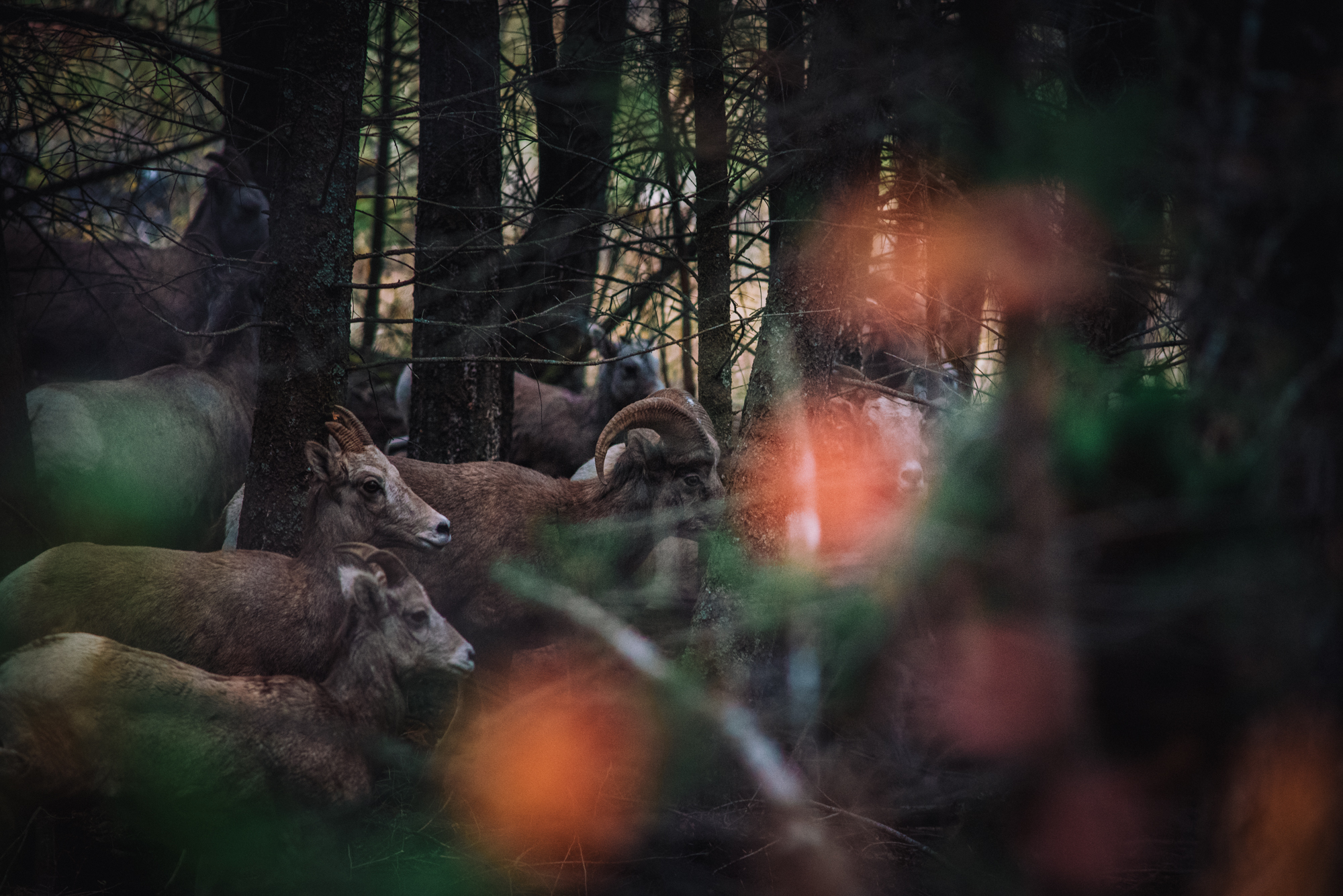
One group of the Galton herd lives in Red Canyon, and has declined drastically. “They are ten per cent of what they used to be,” Clayton Lamb, a wildlife scientist, says. Lamb works with Tobacco Plains to restore habitat and monitor bighorn sheep populations.
Phillips, a forestry officer for the nation, says the herd has 13 sheep at the moment, but it can dip as low as seven sheep sometimes.
“It was always a big thing in our family,” he says, explaining his father and uncle advocated for sheep conservation. His brothers have harvested sheep, though he never has, and the last time he remembers a sheep being harvested in his community was in the early 2000s.
Farmers and governments have taken steps to rein in M. ovi, including double-fencing domestic sheep and goats and inoculating them. Now, Tobacco Plains is working with the province to take on another one of the major challenges bighorn sheep face — restoring habitat, specifically in the Galton Range which extends from southeast B.C. into Montana.
This winter they began a pilot project clearing trees to imitate how cultural burns would have thinned out forests before fire suppression practices began. Sheep thrive in those thinner, grassier forests, which First Nations stewarded for millennia.
“The lack of habitat is probably the biggest thing,” Phillips says.
“We’re hoping with the restoration that we’re doing here, we’re going to see an increase in their numbers and hopefully they will keep on that path.”
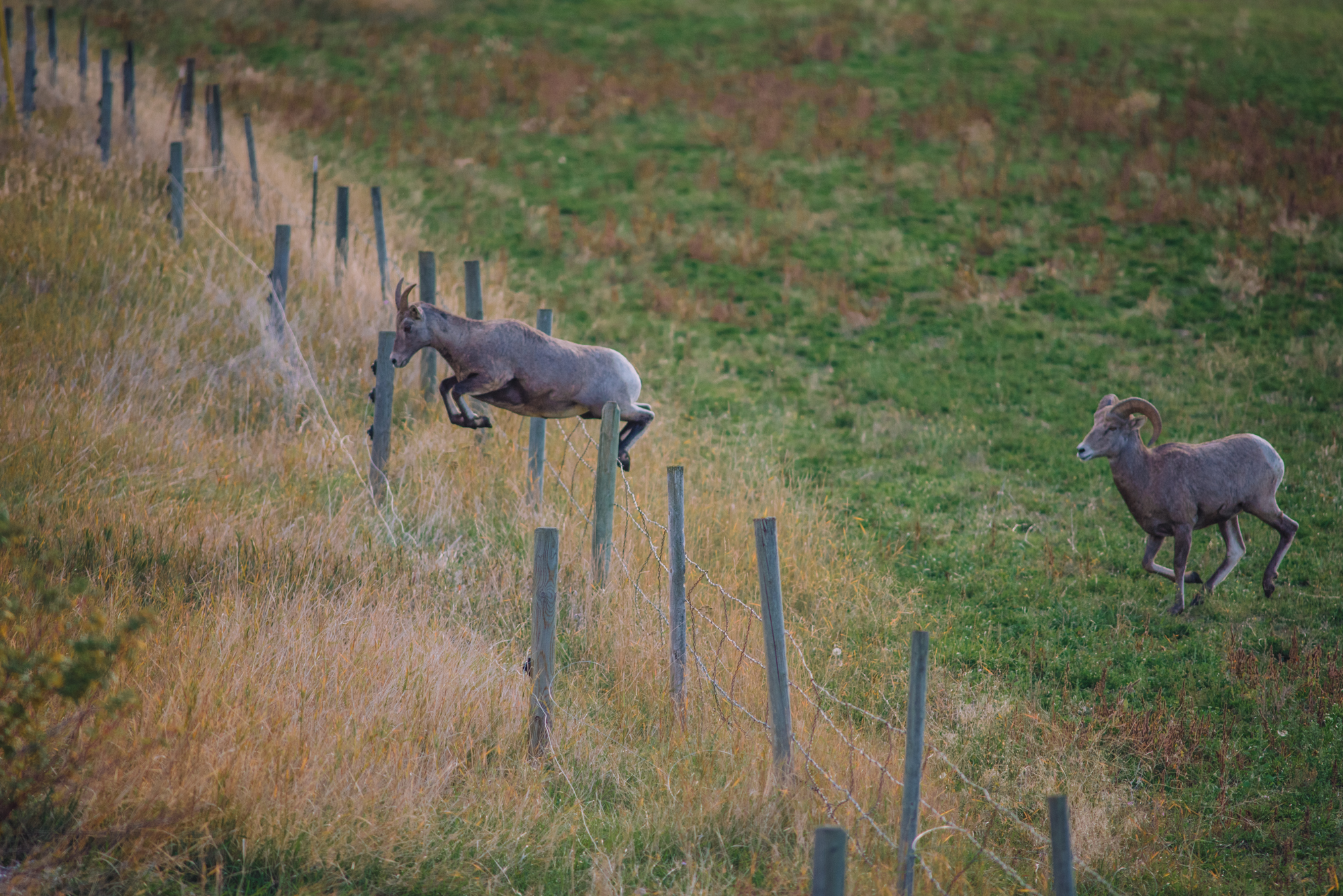
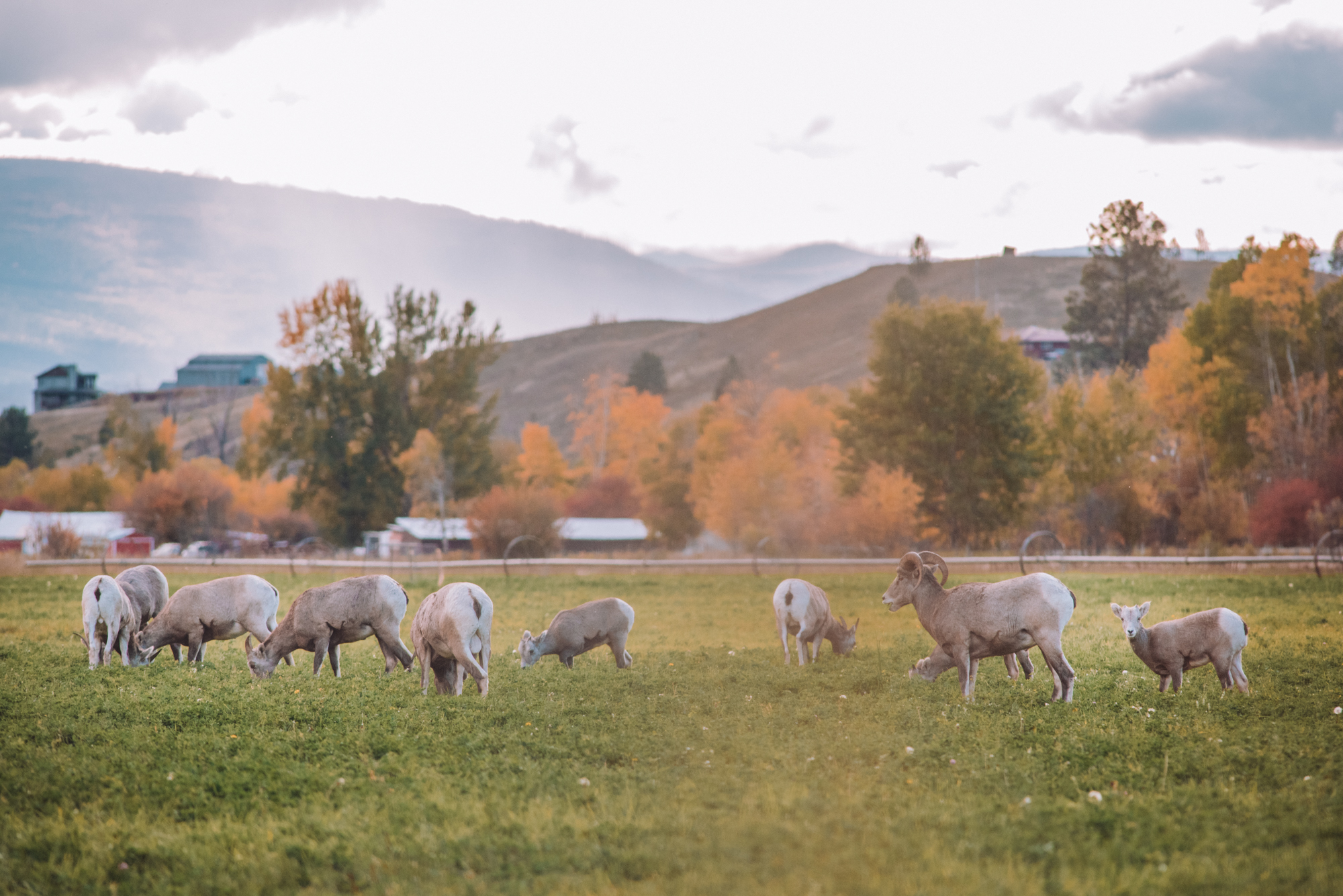
Phillips knows the land, with his father bringing him out into the bush since he was about four years old.
“I know where our berries are, I know where to find wildlife — whatever you need, I know where it is,” he says.
But the land is markedly different than just a few generations ago. Berries and grasses and other parts of the ecosystem rely on fire to thrive, to regenerate and enrich the soil. In particular for bighorn sheep, fires would take down some trees and allow more light to hit the forest floor, leading to the open grassy areas they like. But colonialism brought fire suppression, which led to a build-up of fuel on the forest floor. This meant more destructive and unpredictable fires and less ideal conditions for species that First Nations stewarded with controlled cultural burns for years. B.C. was the first province to ban cultural burns in 1874, meaning that knowledge wasn’t passed down the same way it used to be.
“We’re slowly but surely getting [the provincial and federal governments] to recognize that we need to get back to that,” Phillips says.
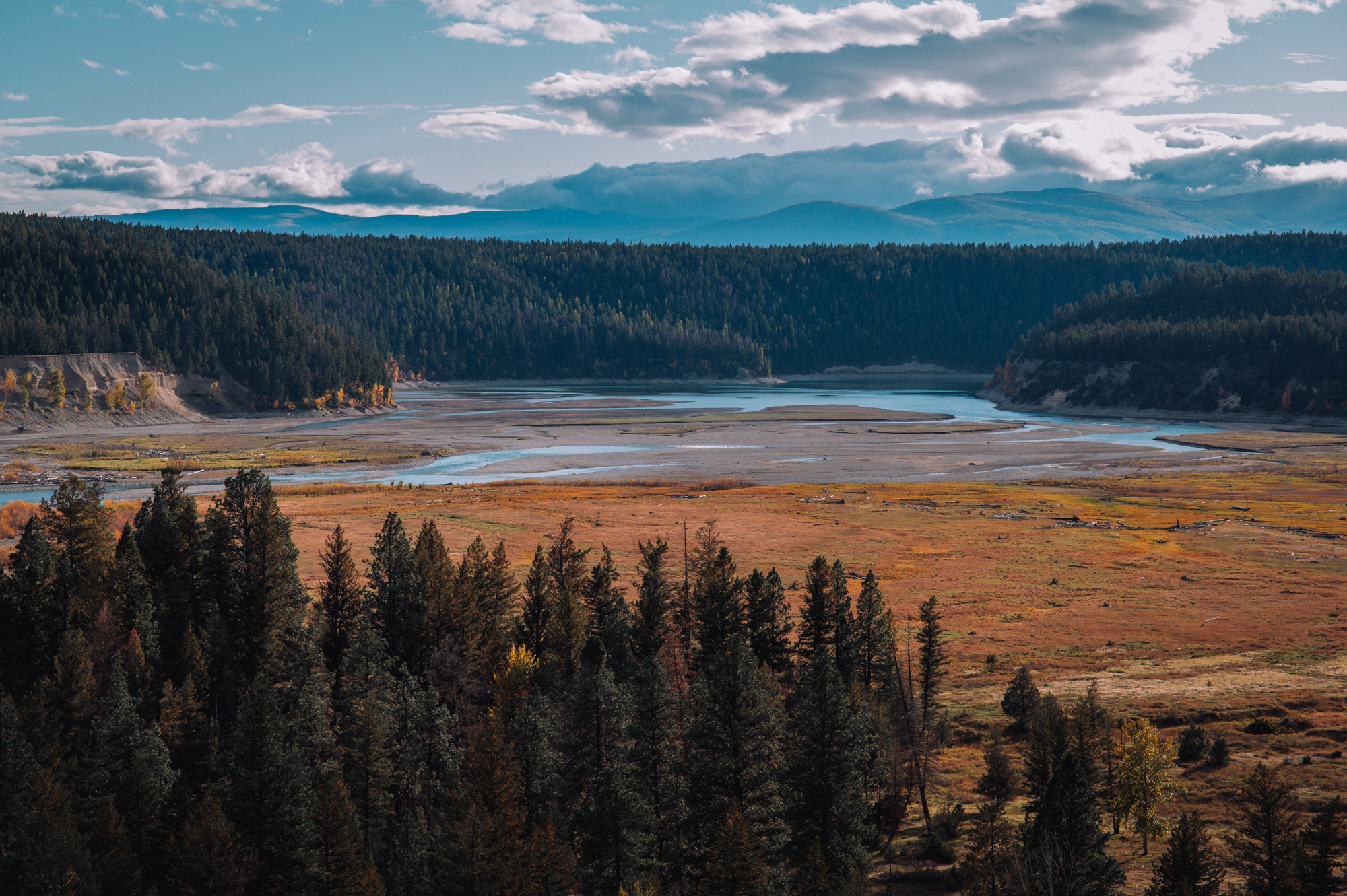
Sarah Budd, communications and engagement lead with the BC Wildfire Service, told The Narwhal in an email that the province is working with First Nations “to understand their needs and support the revitalization of cultural burning through both direct operational collaboration and the co-development of a long-term policy and program framework.” She said open fires must meet the requirements of the Wildfire Act.
“Collaborative planning around burning projects can take time but is essential for the safety of practitioners and the public. We recognize the current planning process and funding approaches can be improved,” she added, pointing out recent changes to the Wildfire Act that allow the BC Wildfire Service to assist First Nations in cultural and prescribed fires.
It’s also a very different world compared to when cultural burns were common, making revitalizing them more challenging, Phillips points out — there are houses, campgrounds and farms to account for. That’s another benefit of the selective logging Tobacco Plains has taken on with the province.
“Harvesting is the next best thing to burning,” he explains.
“We need to get some light in there for the grass recruitment.”
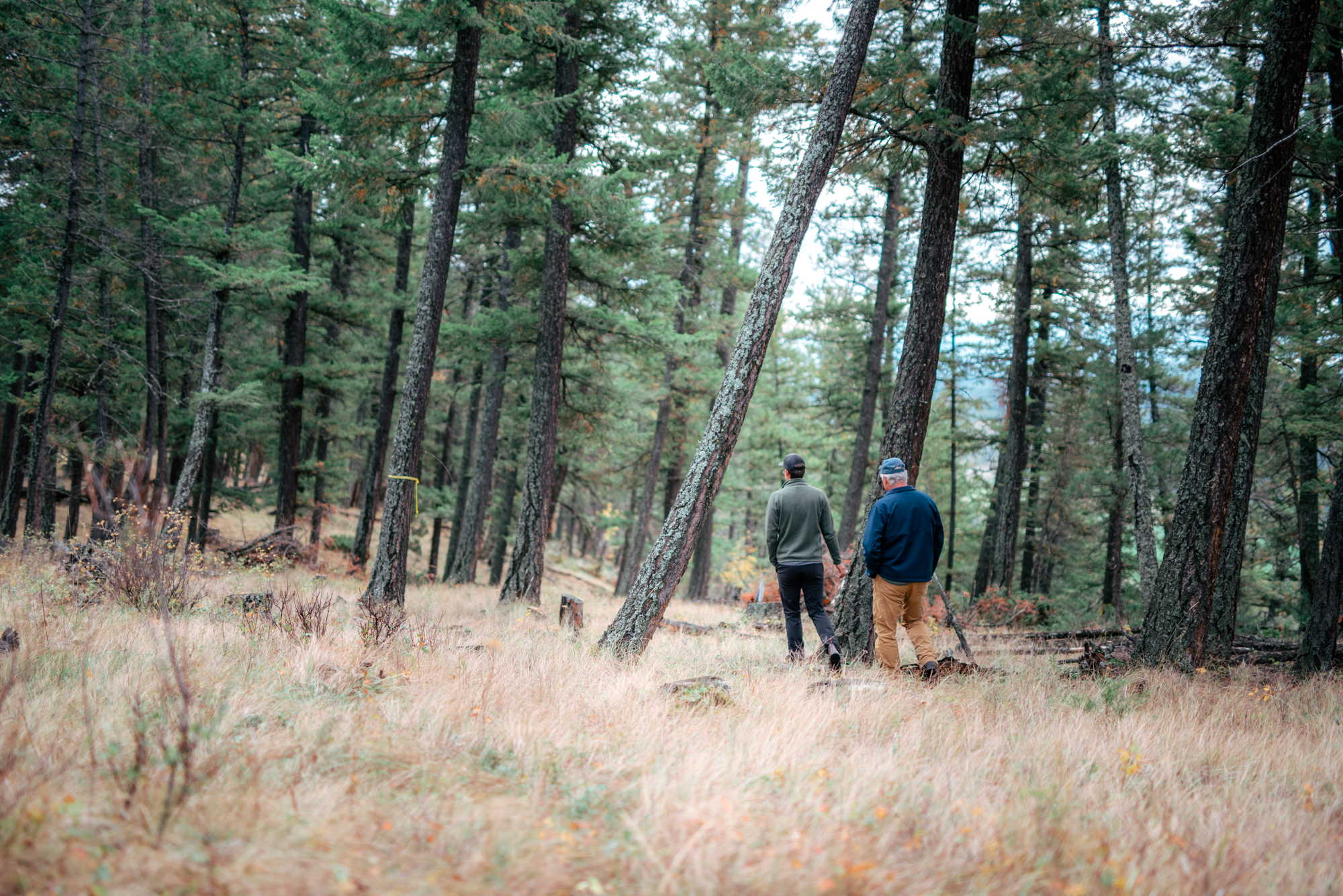
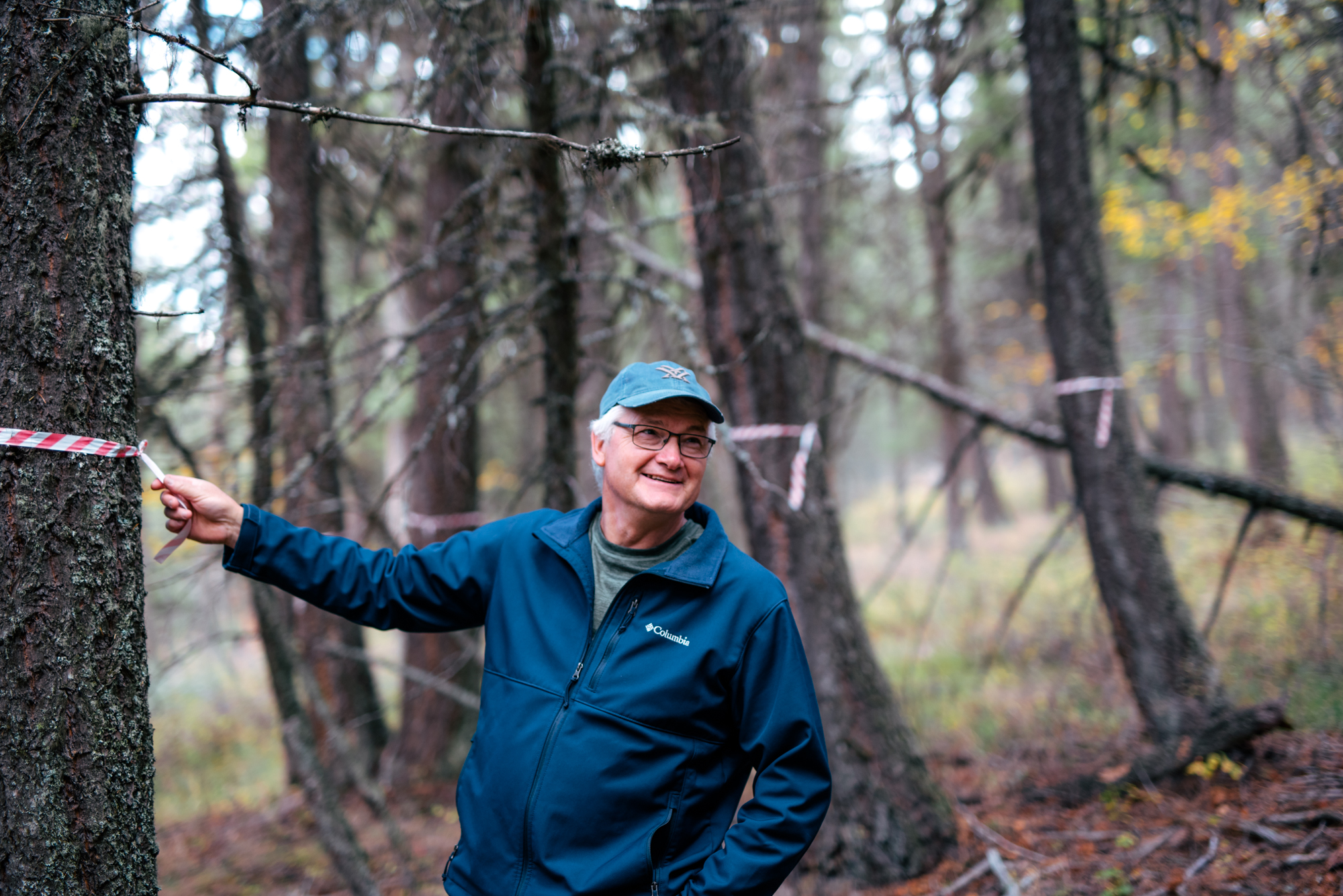
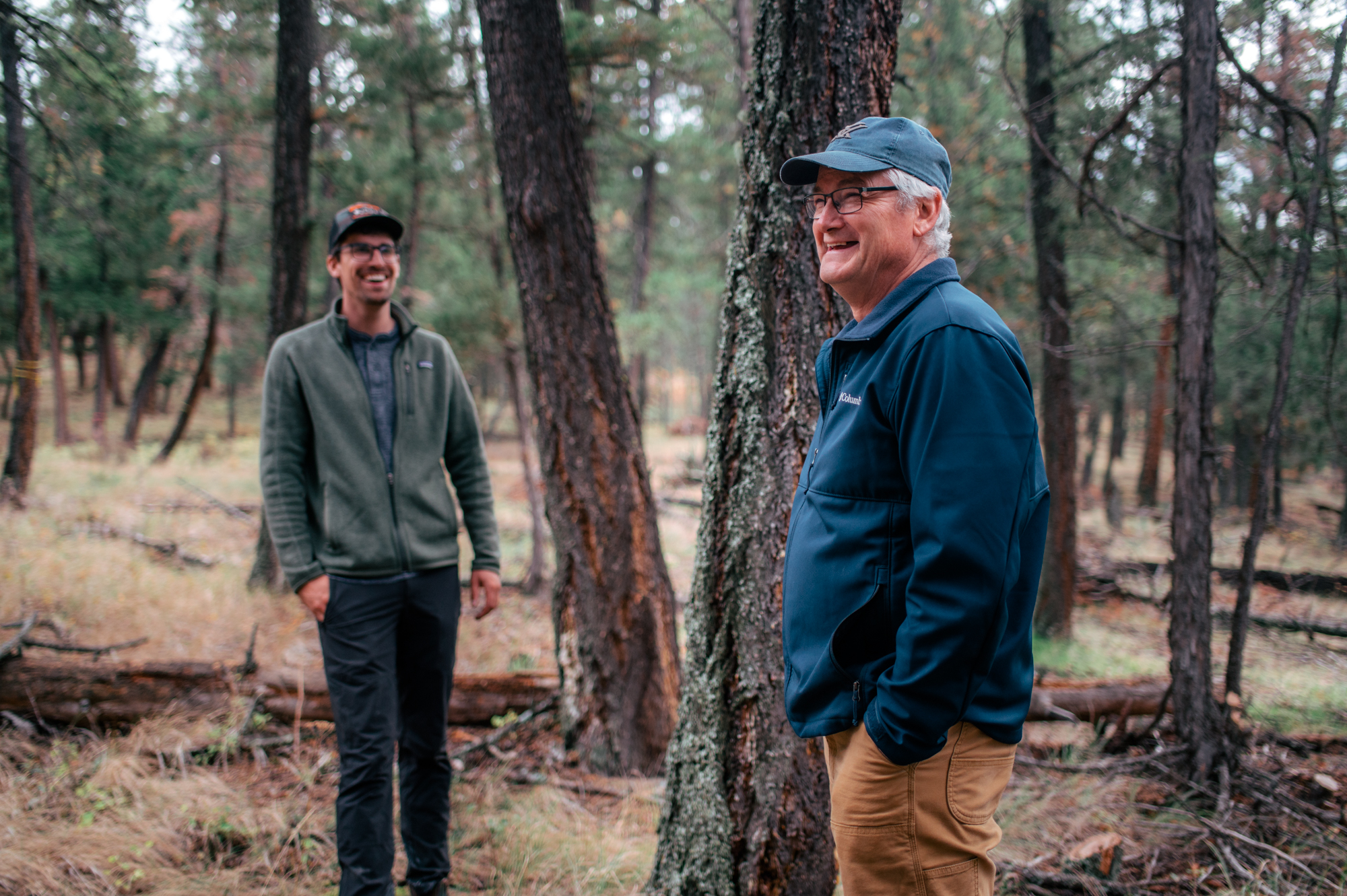
Phillips says the Galton Range has lacked meaningful habitat restoration since the 1970s, which has caused forest in-growth — meaning previously open areas become more densely covered in trees. There’s been an increase in conifers, which are less fire-resistant than deciduous trees.
“Conifer in-growth has just taken over. We’re losing all our grasslands,” he says.
They have to balance their efforts with the needs of other animals like deer and elk, which like a bit more tree cover. They’re also grappling with invasive species that are not part of sheep diets, as well as predators.
Kim Poole, a wildlife biologist at Aurora Wildlife Research, has worked extensively on bighorn sheep, conducting surveys for the province and helping develop the Kootenay Region Bighorn Sheep Management Plan. He says forest management has even more widespread impacts on sheep. Invasive species, which sheep don’t like to eat, are pushing into winter ranges. As well, he points out even sheep’s relationship with predators has changed.
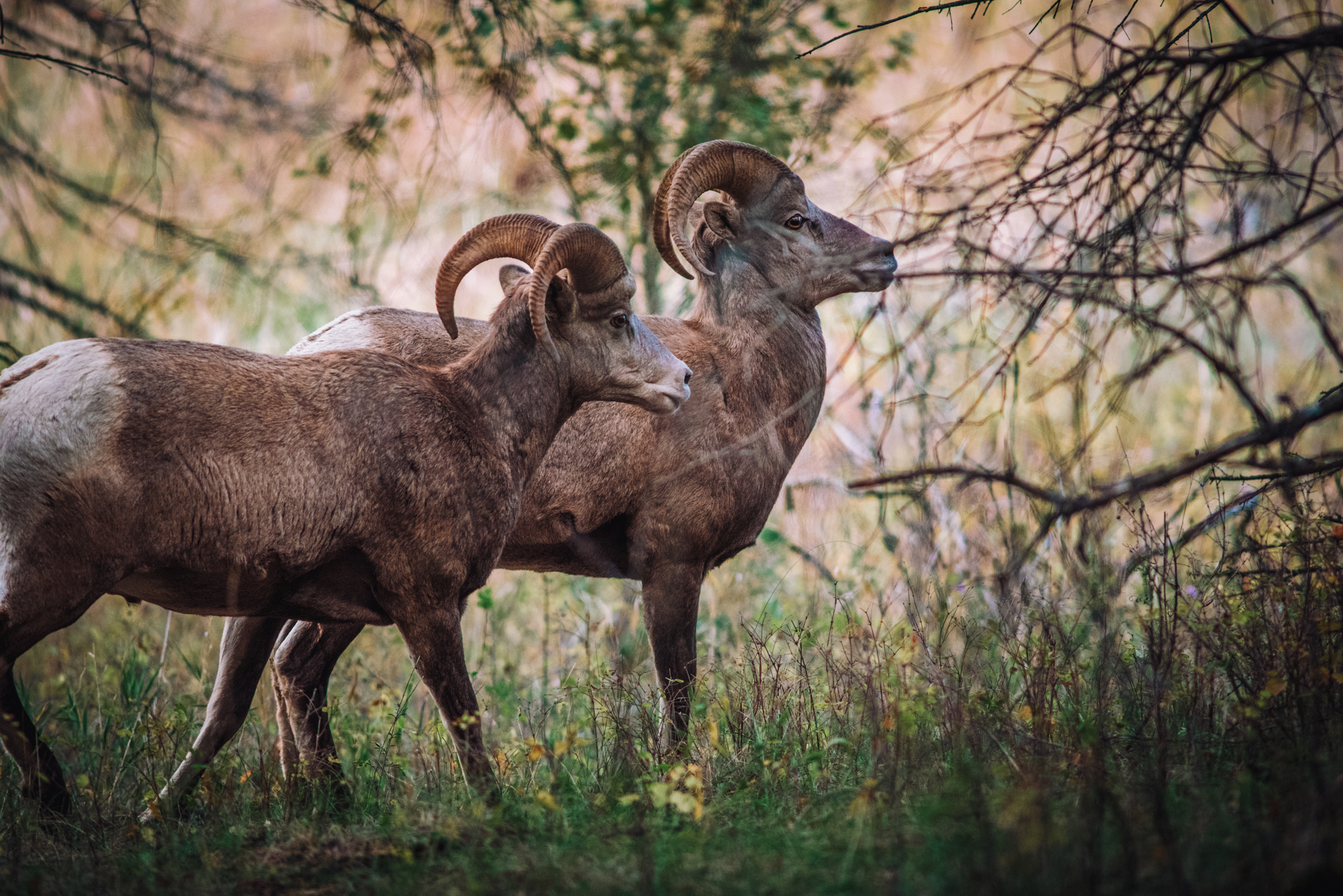
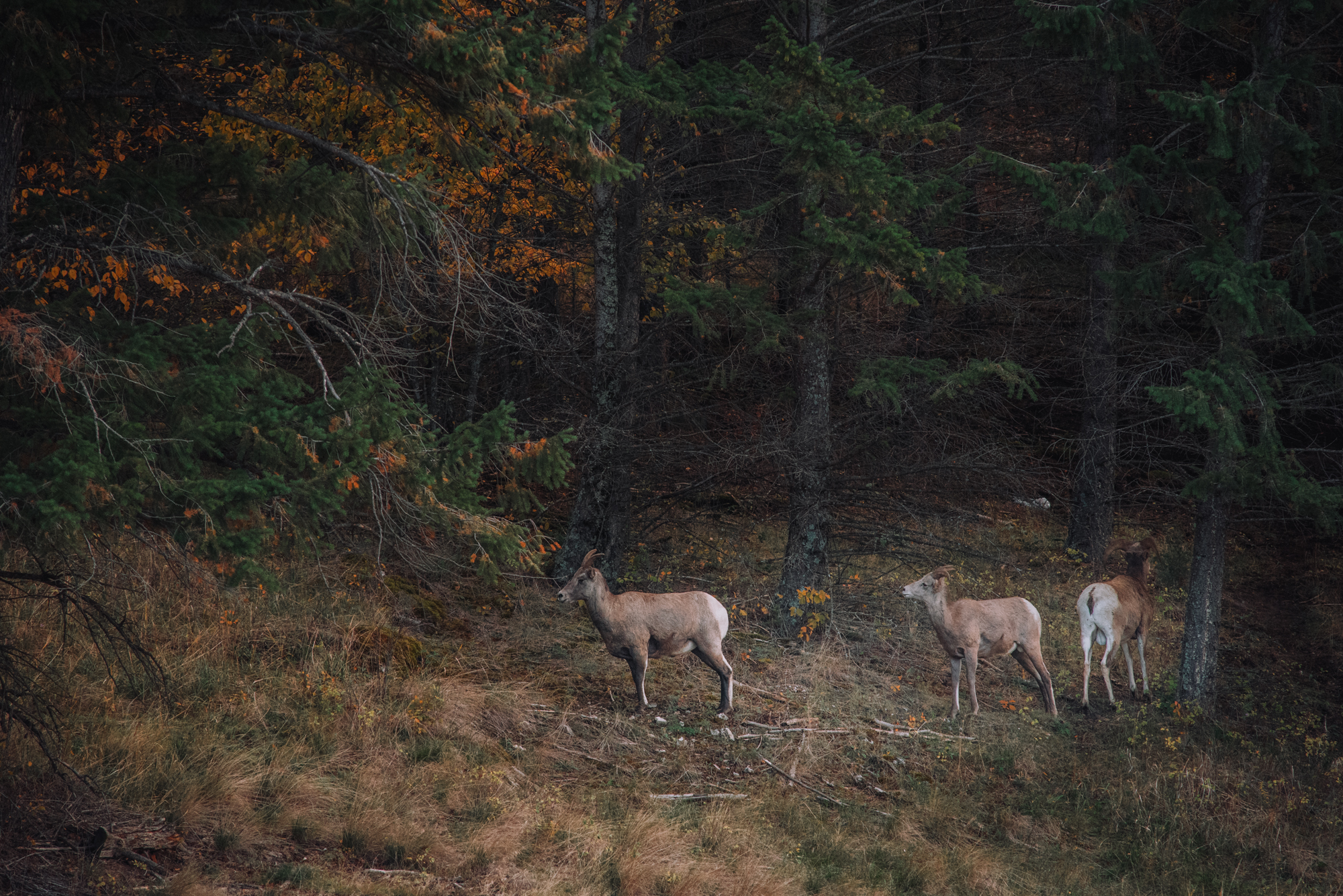
“Cougars like forests because that’s how they hunt. And you have a forested habitat moving into what are traditionally winter ranges, and the cougars are more able to take out sheep,” he explains. These cougars can start specializing in hunting sheep, he says, and just one or two cougars concentrating on sheep “can take out a pretty big chunk of the population over winter.”
If a population is healthy, it can handle predation, Poole says — but if they are stressed by the pile-up of other factors like climate change and degraded habitat, “they’re not as resilient.”
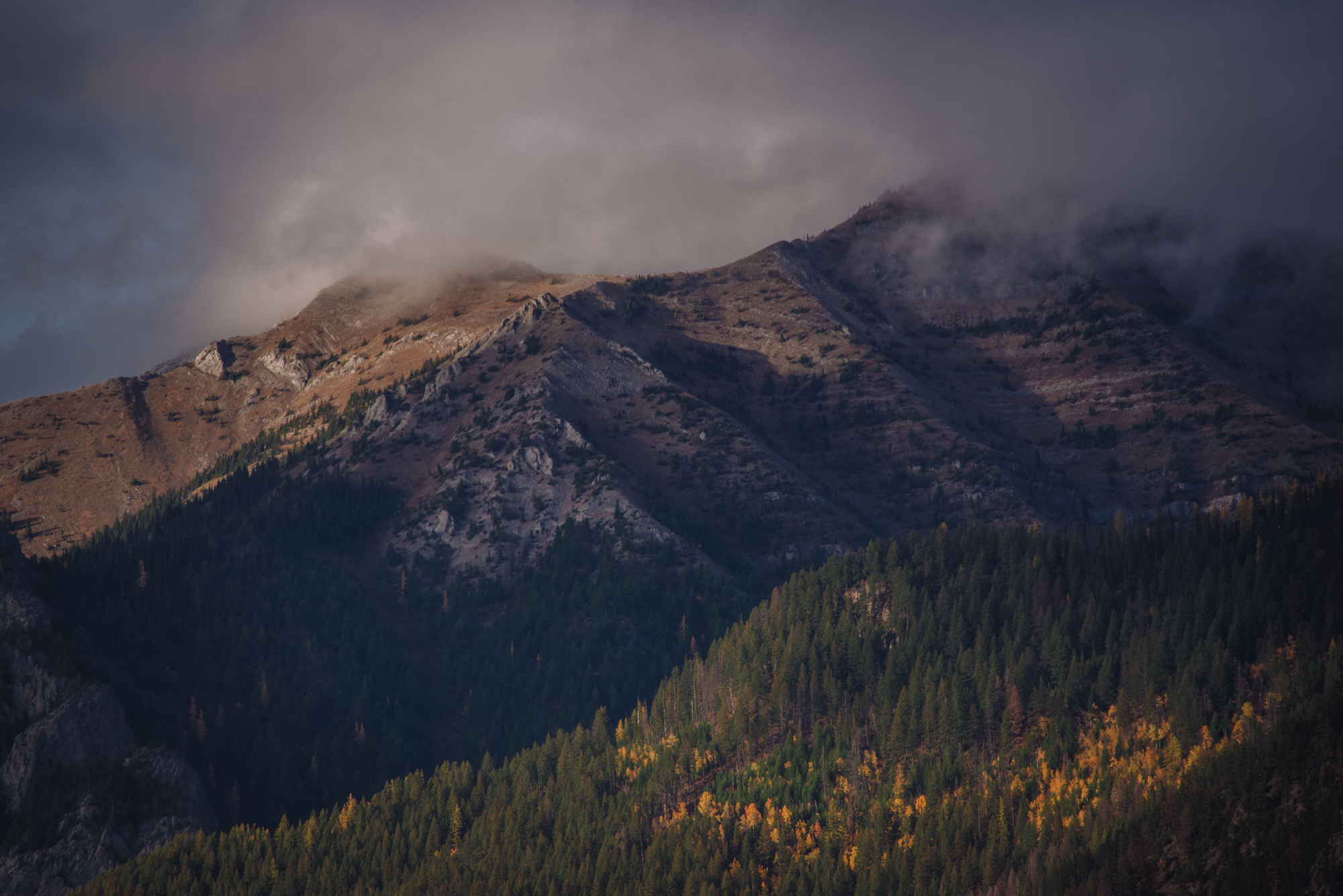
Bighorn sheep try to fatten up for winter, when they stay in a limited area basically on a starvation diet, Poole explains. There are high elevation and low elevation wintering sheep. In the Elk Valley, where Poole focuses a lot of his work, they winter at higher elevation, while the Galton Range sheep that Phillips and Lamb are looking after winter at low elevation. Sheep require lower snow than other ungulates like moose and elk, due to their size. They rely on steep terrain to escape predators.
It’s been some time since bighorn sheep were a reliable source of sustenance for Tobacco Plains people. But pre-contact, their horns were used for bows, Phillips says.
Bighorn sheep are desirable for recreational hunters as well, but due to their low numbers, many fewer sheep are permitted to be hunted each year, and finding one to hunt can be challenging. Lamb says he was told that before the population declined, the Galton Range was the one place outfitters would guarantee hunters a sheep.
“Today, bighorn sheep hunts are on the order of $60,000 to $70,000 a hunt. And nobody would guarantee a bighorn sheep in British Columbia,” he says.
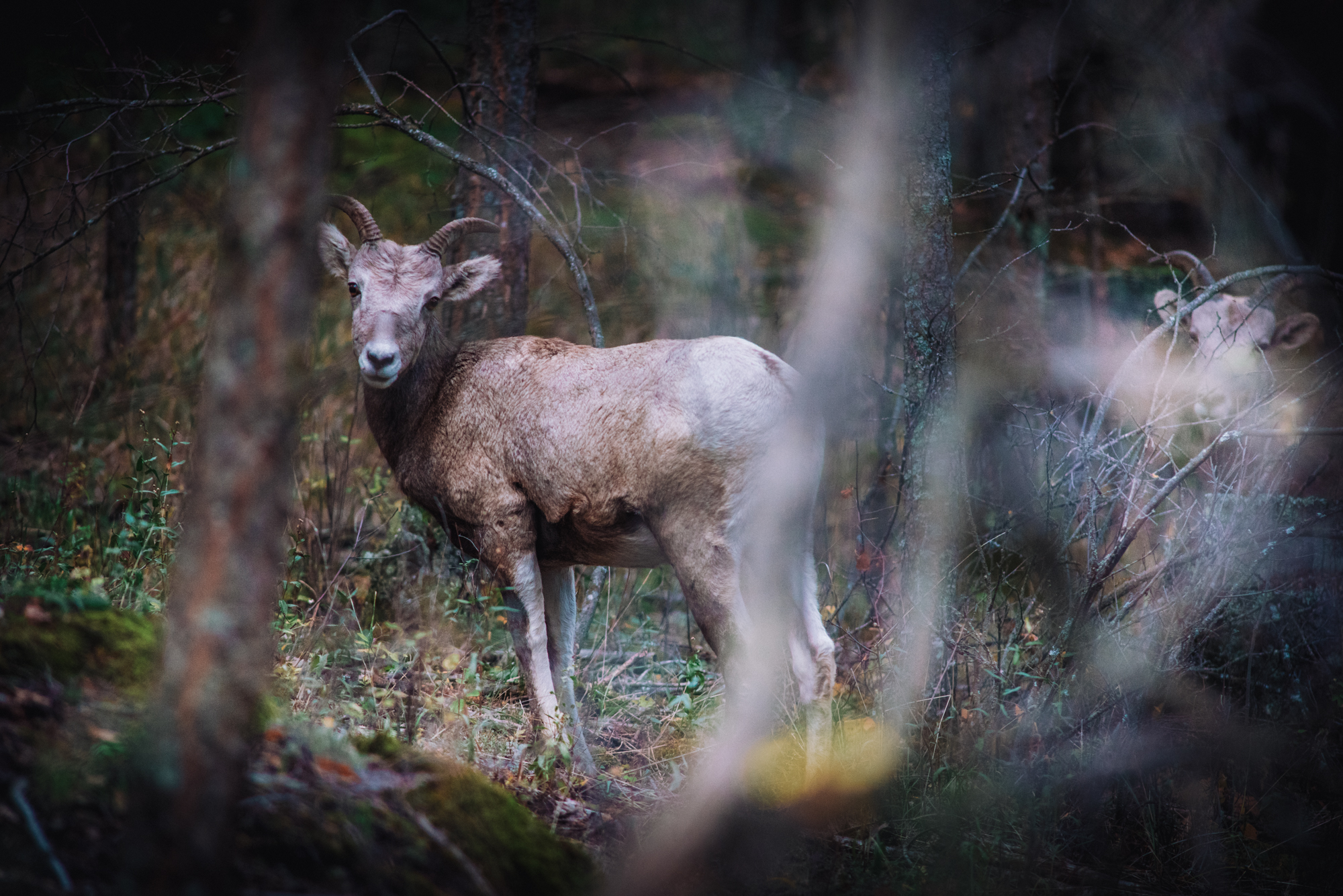
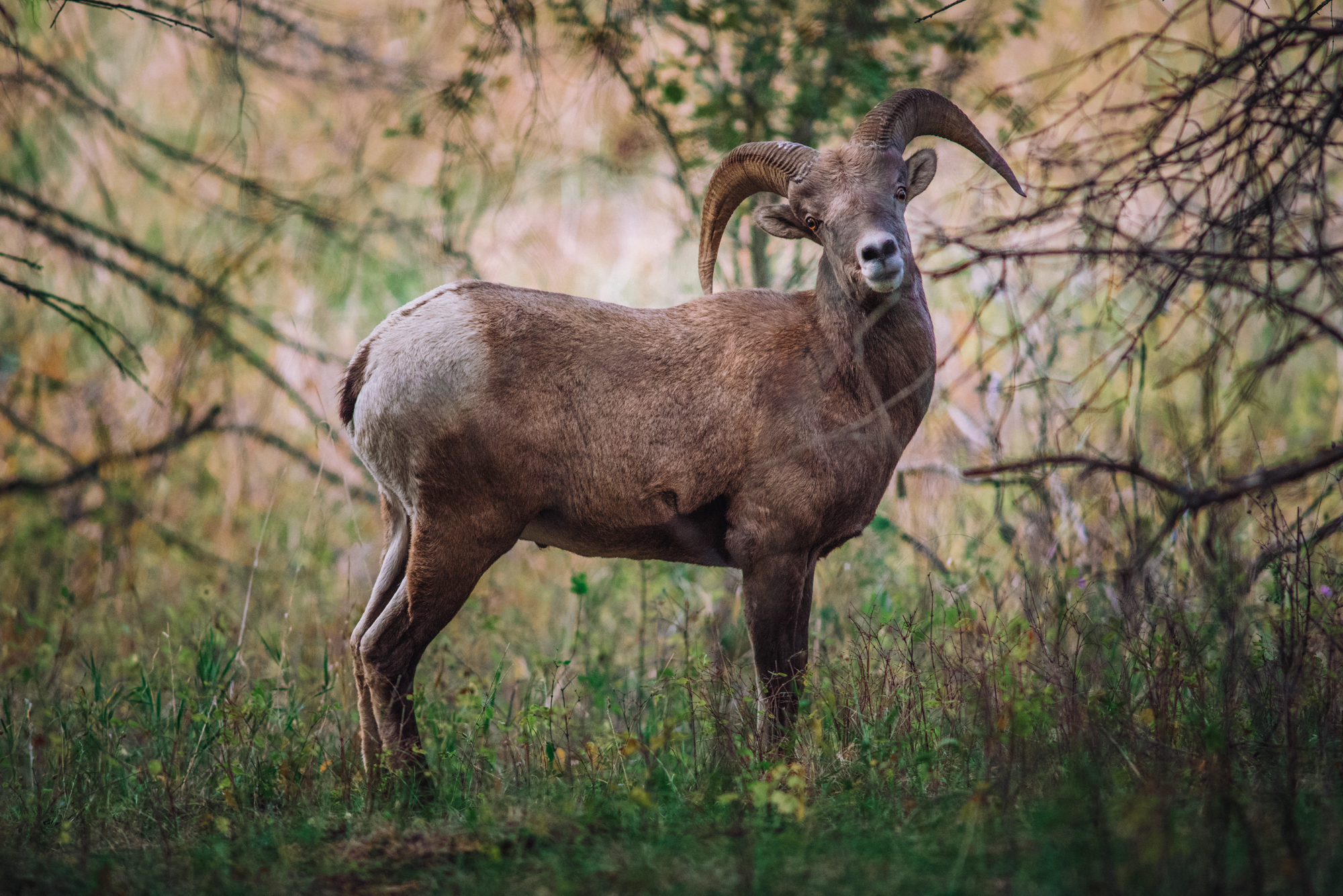
A larger sheep can be about 200 pounds and provide a substantial amount of meat. There’s a limited draw for bighorn sheep in the Kootenay region, instead of an open season. In an effort to preserve the population, regulations require hunters to focus on older males, which can be identified with horns that have reached a full curl. The goal is to restrict how many rams are harvested and prevent hunting of the ewes and lambs. Indigenous Peoples have inherent hunting rights that don’t fall under the same regulations.
Phillips is optimistic they could have populations strong enough to rely on more as a food source again, one day — “we’ll work on getting numbers up first, then we’ll see,” he says.
There’s a lot of work happening to protect bighorn sheep. Phillips is happy to have the pilot project off the ground — though he says the paperwork required to maintain government funding eats away at a lot of time he’d rather spend on the ground.
Bighorn sheep are considered blue-listed under B.C. conservation status, which means the species is of “special concern.” Red-listed species are endangered, threatened or at risk of extirpation. Lamb pointed out that while they are blue-listed, their decline is significant — like the Galton Range herd that stands at five per cent of its historic numbers. Other herds are more stable, still within their historic population ranges.
Lamb says they can work effectively at local levels to increase dwindling populations, but the challenge is building up those efforts on a regional or continental scale.
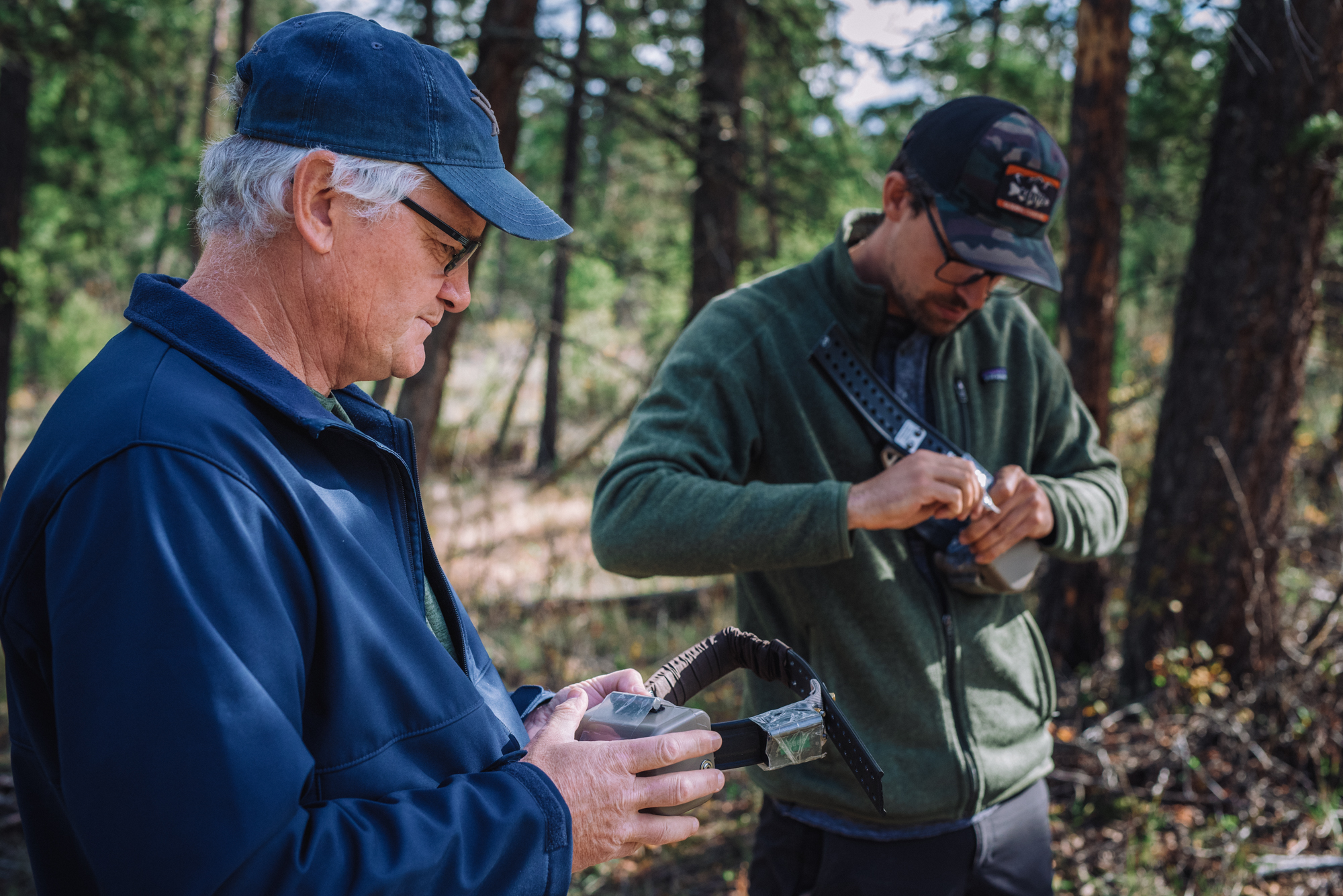
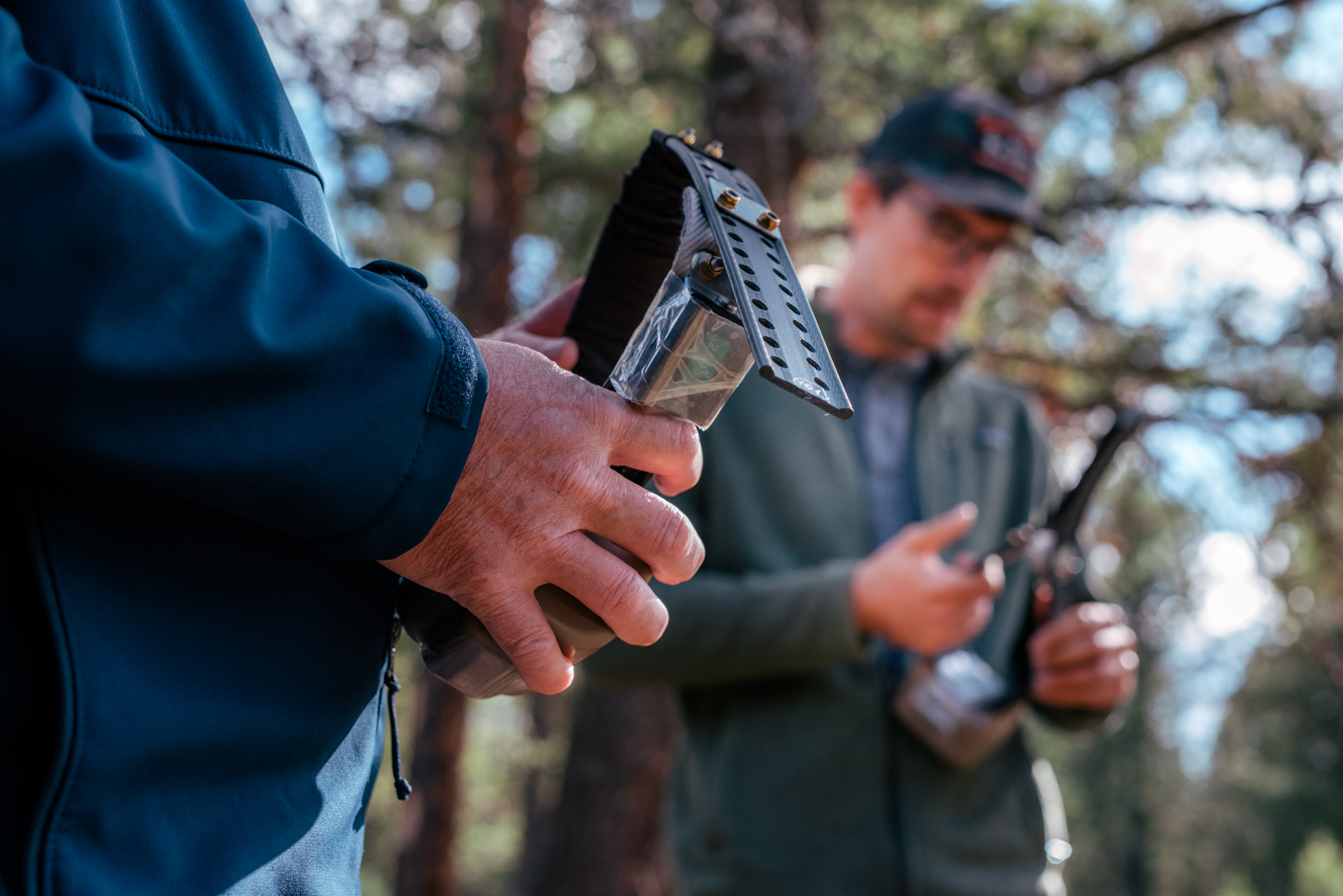
In other areas, populations are doing better. About an hour north of the Galton Range, Teck Resources Ltd. produces millions of tonnes of metallurgical coal in the Elk Valley, where Poole studies bighorn sheep. Poole says there are a lot of discussions happening around how coal mines disturb native winter ranges. Coal mines can “essentially just level mountains,” he says.
But the Elk Valley East population is strong, according to Poole. He says the Teck mines can take some credit for that, since no hunting can take place within their tenures which cover huge swaths of land. Sheep are wintering on these mines partly because there are less predators and mine reclamation often includes high-value forage that can fatten them up, like alfalfa. But Poole says the impact remains unclear — these are largely “artificial conditions,” he says, and the habitats could be less ideal for overwintering and lead to higher mortality rates.
“They are altering topography — it’s not something you can just ignore. Teck is optimistic that they can mitigate or compensate for losses in traditional ranges with other ways. How successful that is — the jury’s kind of out on that one,” Poole says.
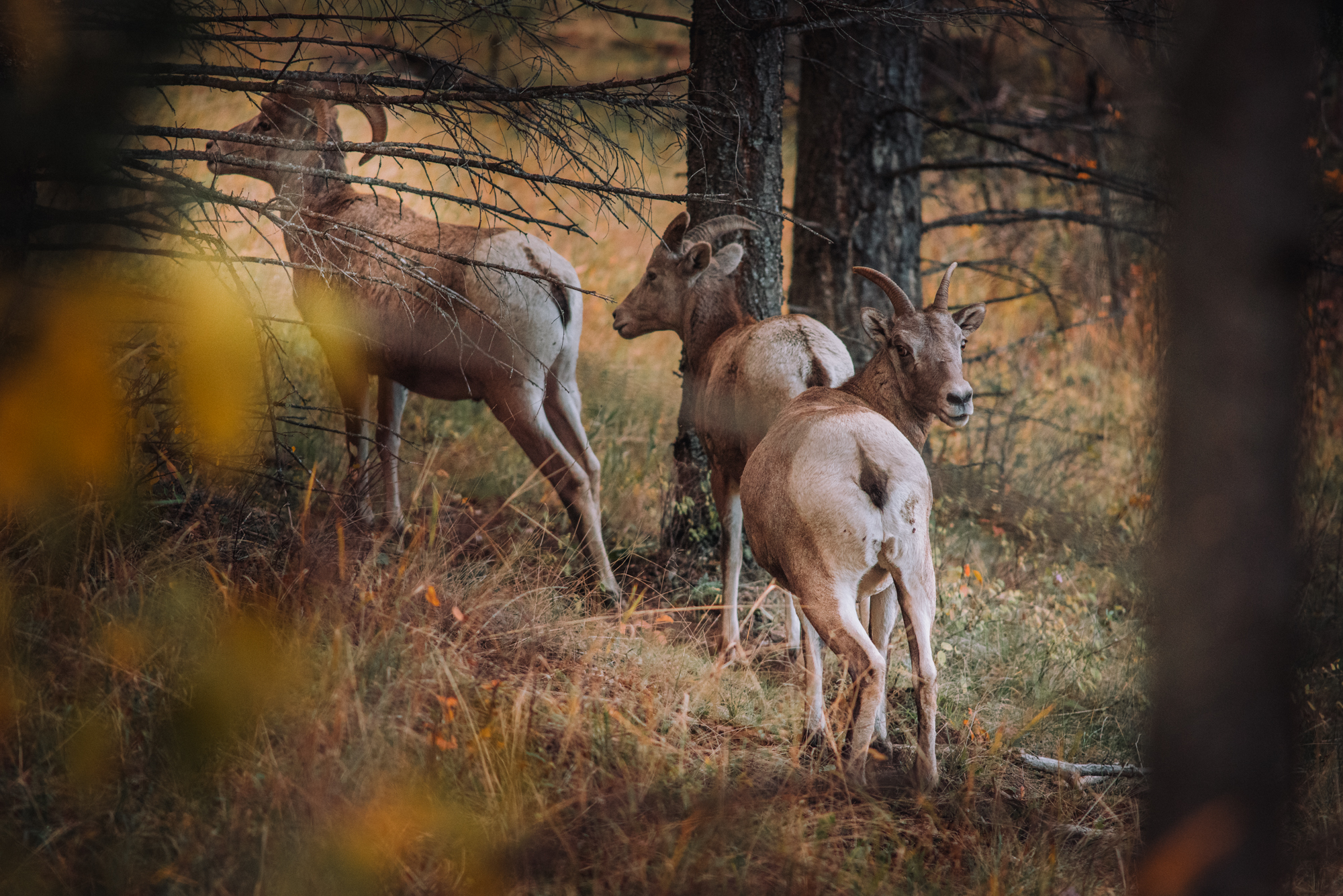
One such initiative Teck undertook was a $2.5-million contribution to build a wildlife overpass south of Radium Hot Springs to prevent sheep from being hit by cars on Highway 93/95, which they announced in June 2023.
“This project is critical to maintaining wildlife habitat connectivity, while protecting people and bighorn sheep in the East Kootenay,” Teck CEO Jonathan Price said at the time in a statement.
“Monitoring shows that sheep are using reclaimed areas on the mine site and is one of the reasons for the continued growth of the Elk Valley East bighorn sheep population in the area,” Chris Stannell, public relations manager for Teck, wrote in an email to The Narwhal.
Stannell added that Teck supports regional monitoring and research programs with different partners, including funding wildlife monitoring by Yaq̓it ʔa·knuqⱡi ‘it First Nation. It also invested over $220,000 in road rehabilitation in the Elk Valley West Area, and is part of the Elk Valley Bighorn Sheep Committee. In November, it was announced the company is being acquired by the Swiss mining giant Glencore.
One of the challenges sheep face that is much harder to manage is climate change. In 2021, when B.C. was “hammered” by three atmospheric rivers, Poole says, in addition to damaging infrastructure and stranding people, the rivers also killed sheep. Atmospheric rivers are narrow bands of moisture that bring massive amounts of rain, and will become more common, and perhaps more catastrophic, with climate change.
In November 2021, it rained up to 8,000 feet on top of snow, which is called a rain-on-snow event. “Then it froze and got really cold,” Poole explains. “That changes how sheep can access forage on their winter ranges.”
The 2021 flooding killed five people and cost $450 million in damages, the most expensive natural disaster in the province’s history. The intense rains and flooding melted snow at high elevations and increased landslides and avalanches.
“It was just brutal,” Poole says. “I had 15 adult sheep collared up the Elk Valley West, and five of them died. That’s a 33 per cent mortality, and that is not what you want to see. Because if you do have too many of those, the numbers go down pretty fast.”
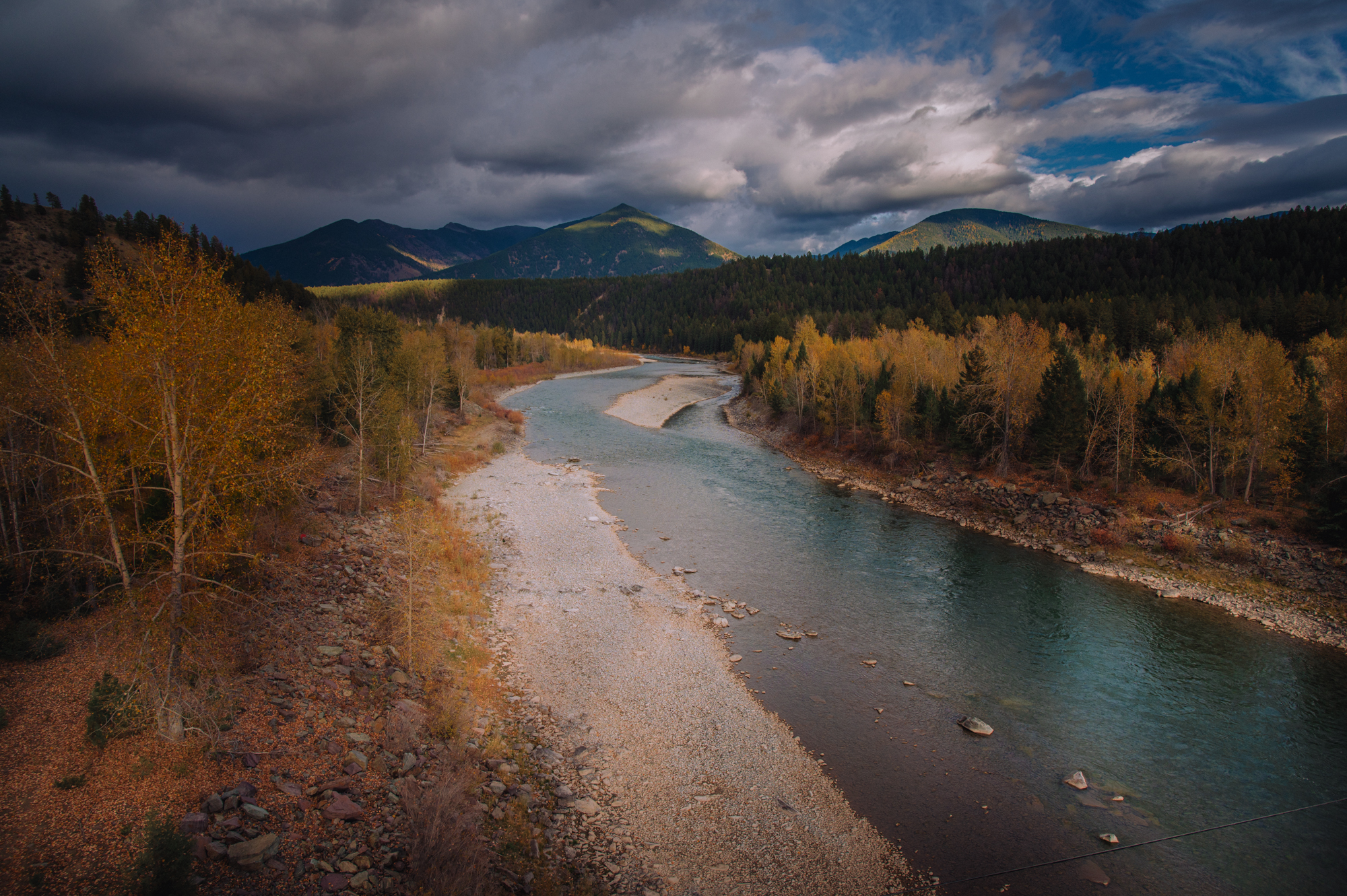
Even if sheep survive, these impacts can affect how healthy the ewes and lambs come out. “It has all these cascading effects,” he says.
Atmospheric rivers can’t be stopped — the only real control humans have to help sheep in the face of climate change is to “make the population as resilient as possible” and get habitat closer to how it once was, Poole argues.
Phillips says climate change is also top of mind as he creates a management plan for the area, which is called a prescription. They want to open up the forest canopy to allow grass to grow, but he doesn’t want to open it too much either.
“I don’t know what can happen in the future. If we do get warming in the next 20 or 30 years, all those trees might die,” he says. “So part of my prescription is to make sure that I reserve some of that understory for recruitment, for the future, if these big old ones die out. And we don’t know — nobody knows — what the right stems per hectare is right now, because nobody’s ever done it.”
This project of selectively clearing logs is a way to learn more about what works, and “what to do or what not to do.”
Back when they did cultural burns, it brought the sheep closer to their camps, Phillips says. That helped them hunt. But hunting isn’t even on his mind as they try to bring these sheep back.
“I just like to see them,” he says. “They need protection and they need habitat.”
Updated on Feb. 1, 2024, at 1:20 p.m. PT: this story has been updated to clarify Gary Phillips’ role with Yaq̓it ʔa·knuqⱡi ‘it First Nation, commonly called the Tobacco Plains Indian Band.
Updated on Feb. 5, 2024, at 2:40 p.m. PT: this story has been updated to correct the location of Yaq̓it ʔa·knuqⱡi territory, which is in the southeast corner of B.C. (and not southwest).
